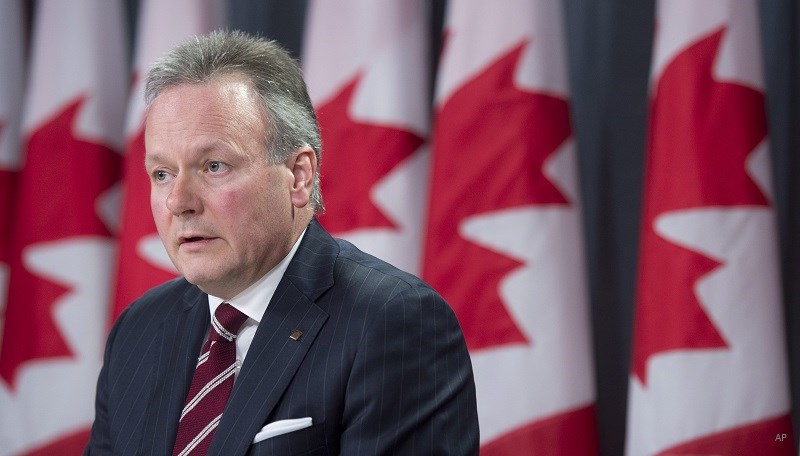 The Bank of Canada maintained the policy rate today but reduced its outlook for the first quarter of 2020, down to 1.3% growth from 1.7%. It projected fourth-quarter annualized growth in 2019 of 0.3%.
The Bank of Canada maintained the policy rate today but reduced its outlook for the first quarter of 2020, down to 1.3% growth from 1.7%. It projected fourth-quarter annualized growth in 2019 of 0.3%.
For Canada, the Bank forecasts real GDP growth of 1.6% for 2020, the same as in 2019. It forecasts real GDP growth of 2% for 2021.
The bank noted that the economy has been resilient, but indicators have been mixed.
“Data for Canada indicate that growth in the near term will be weaker, and the output gap wider, than the Bank projected in October. Exports fell in late 2019, and business investment appears to have weakened after a strong third quarter. Job creation has slowed and indicators of consumer confidence and spending have been unexpectedly soft,” the bank said in a statement.
It attributed some of the slowdown in growth to special factors, including strikes, poor weather, and inventory adjustments. However, it noted that the weaker data could also signal that global economic conditions have been affecting Canada’s economy to a greater extent than was predicted.
Today’s rate decision was the first since the USMCA moved into the final stages of ratification. It also is the first statement since the U.S. and China agreed to ease tariffs. The bank noted the positive trade developments, and also pointed out that the global economy is showing signs of stabilization but cautioned that there remains a high degree of uncertainty. “Geopolitical tensions have re-emerged, with tragic consequences,” the statement read.
The bank also indicated that domestic household spending could be impacted. “During the past year, Canadians have been saving a larger share of their incomes, which could signal increased consumer caution. This could dampen consumer spending but help to alleviate financial vulnerabilities at the same time,” it said.
The Bank of Canada still has the highest policy rate among major advanced economies, but the bank’s statements could indicate a move later this year.
“In determining the future path for the Bank’s policy interest rate, Governing Council will be watching closely to see if the recent slowdown in growth is more persistent than forecast,” the bank said in the statement. “In assessing incoming data, the Bank will be paying particular attention to developments in consumer spending, the housing market, and business investment.”








.jpg)











